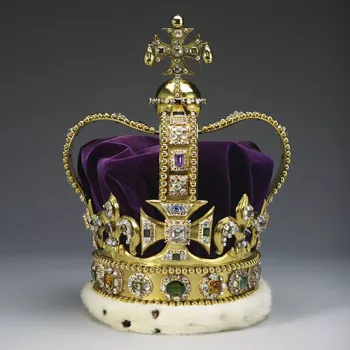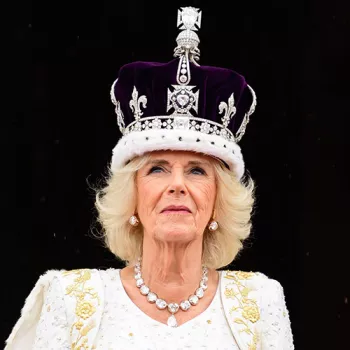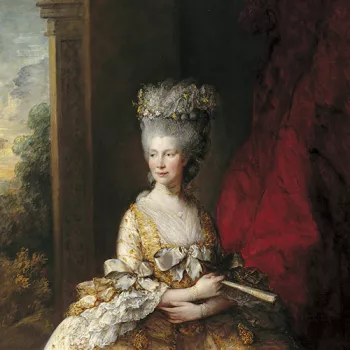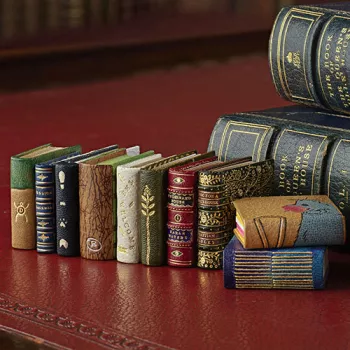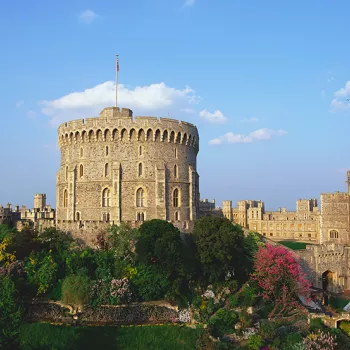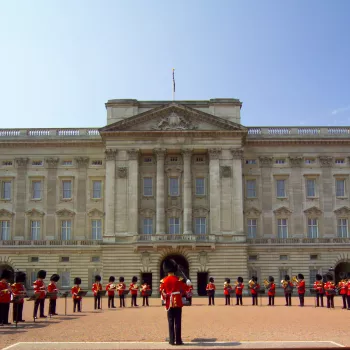Coronations: An ancient ceremony
The ultimate guide to coronations past and present.

Reading time: 4 minutes
What is a coronation?
The coronation ceremony sees the crowning of a new king or queen. This ancient ceremony is an occasion for spectacle and celebration. The English ceremony has remained essentially the same for a thousand years.
The coronation of the new monarch happens several months after their accession. The accession is when a new monarch succeeds to the throne upon the death of the previous king or queen. This time allows for the enormous amount of preparation required to organise and rehearse the ceremony.
For the last nine centuries, the coronation ceremony has nearly always taken place at Westminster Abbey in London. It is normally conducted by the Archbishop of Canterbury. The first English king to be crowned at the Abbey was William the Conqueror in 1066. Thirty-nine coronations have taken place in the Abbey, including that of King Charles III, and forty monarchs have been crowned.
The Coronation Regalia form a key part of the ceremony. These sacred objects which represent the powers and responsibilities of the monarch, are presented to the new king or queen during the service.
What happens during the coronation?
The ceremony traditionally features music, prayers, and hymns in several parts:
Recognition and Oath
The people in the Abbey are asked if they recognise the new monarch and respond with 'God Save The King’ or ‘God Save The Queen’. The monarch then signs an oath where they promise to rule according to the law and with mercy. The monarch is traditionally wearing the crimson Robe of State.
Following the oath, the monarch sits in the Coronation Chair, made for King Edward I in 1300. The chair historically housed the Stone of Scone, also known as "the Stone of Destiny". This Stone is an ancient object associated with the kings of Scotland. Since 1996 it has been kept at Edinburgh Castle unless required at a coronation.
Anointing
The monarch is then anointed using the Coronation Spoon with holy oil contained in the Ampulla. The Coronation Spoon is the most ancient item of Coronation regalia.
The choir traditionally sings Handel’s ‘Zadok the Priest’ during this most sacred moment of the coronation. Zadok the Priest was first used for the coronation of George II in 1727.
Investiture and Crowning
The anointing is followed by dressing of the monarch in the spectacular robe of cloth of gold called the Supertunica and the longer Imperial Mantle. The monarch is then presented with other items from the Coronation Regalia.
These includes the gold spurs, the jewelled Sword of Offering and the Armills. The Armills are gold bracelets representing sincerity and wisdom. The monarch also receives the Sovereign’s Orb, a gold globe topped by a cross, as well as a ring and two sceptres.
The ceremony culminates with the placing of the magnificent St Edward’s Crown on the monarch’s head. The monarch then changes into the robe of purple velvet and wears the lighter Imperial State Crown for the rest of the service.
Homage
This is the final part of the coronation. The new monarch moves to the throne chair and senior officials of the United Kingdom pay homage to the newly crowned monarch. They place their hands on the monarch’s knees, swear an allegiance, touch the crown and kiss the monarch's right hand.
In 1953, Queen Elizabeth II’s husband Prince Philip was the first to pay homage to his wife, pledging his service to her.
Procession
The coronation day has traditionally started with a procession from Buckingham Palace to Westminster Abbey in the Gold State Coach. This coach has been used at every coronation since William IV’s in 1831.
After the service there is traditionally a procession through the streets of London. This allows as many people as possible to see the newly crowned monarch.
Queen Elizabeth II’s Coronation
Queen Elizabeth II was crowned at Westminster Abbey in 1953 following her succession. The queen succeeded to the throne on 6 February 1952 on the death of her father, King George VI.
The coronation took place on 2 June 1953 and it was the first to be broadcast live on television. Twenty-seven million people in the United Kingdom tuned in to watch the ceremony.
“I am sure that this, my Coronation, is not the symbol of a power and a splendour that are gone but a declaration of our hopes for the future, and for the years I may, by God's Grace and Mercy, be given to reign and serve you as your Queen.”
Queen Elizabeth II on her Coronation Day, June 2 1953.
King Charles III’s Coronation
The Coronation of His Majesty King Charles III took place on 6 May 2023 at Westminster Abbey. The Coronation reflected the monarch’s role today and looked towards the future, while being rooted in longstanding traditions and pageantry.
The Queen Consort was crowned with The King in a similar but simpler ceremony. She was crowned and received a smaller version of the Sceptre with the Cross. An altered version of Queen Mary's Crown was used for the Coronation of Queen Camilla. The crown was officially renamed Queen Camilla’s Crown in 2025.




